A variety of food and non food crops are grown in different parts of the country depending upon the variations in soil, climate and cultivation practices. Major crops grown in India are rice, wheat, millets, pulses, tea, coffee, sugarcane, oil seeds, cotton and jute, etc.
Rice: It is the staple food crop of a majority of the people in India. Our country is the second largest producer of rice in the world after China. It is a kharif crop which requires high temperature, (above 25°C) and high humidity with annual rainfall above 100 cm. In the areas of less rainfall, it grows with the help of irrigation.
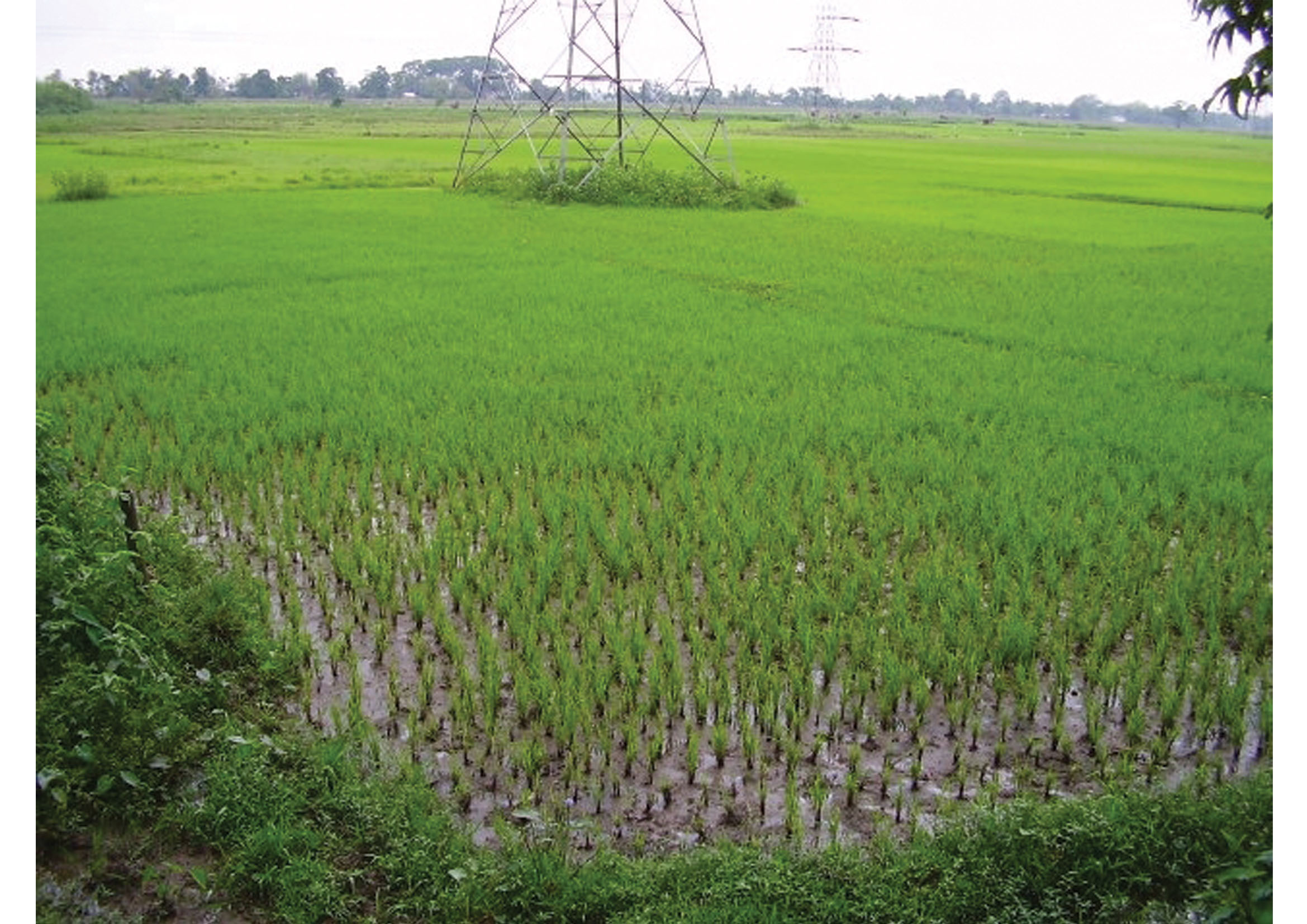
Rice is grown in the plains of north and north-eastern India, coastal areas and the deltaic regions. Development of dense networkof canal irrigation and tubewells have made it possible to grow rice in areas of less rainfall such as Punjab, Haryana and western Uttar Pradesh and parts of Rajasthan.

Wheat: This is the second most important cereal crop. It is the main food crop, in north and north-western part of the country. This rabi crop requires a cool growing season and a bright sunshine at the time of ripening. It requires 50 to 75 cm of annual rainfall evenly- distributed over the growing season. There are two important wheat-growing zones in the country – the Ganga-Satluj plains in the north-west and black soil region of the Deccan. The major wheat-producing states are Punjab, Haryana, Uttar Pradesh, Bihar, Rajasthan and parts of Madhya Pradesh.
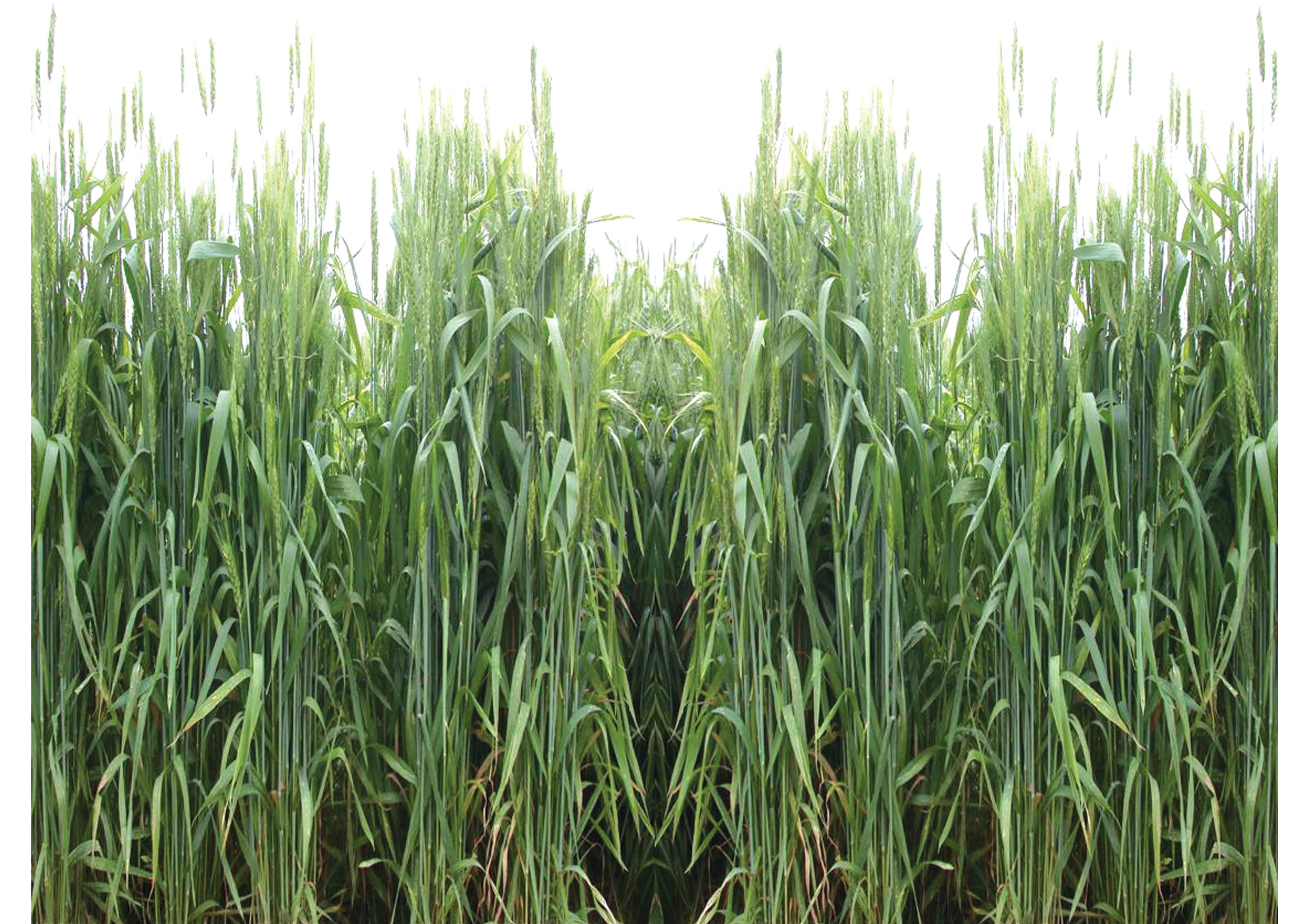
Millets: Jowar, bajra and ragi are the important millets grown in India. Though, these are known as coarse grains, they have very high nutritional value. For example, ragi is very rich in iron, calcium, other micro nutrients and roughage. Jowar is the third most important food crop with respect to area and production. It is a rain-fed crop mostly grown in the moist areas which hardly needs irrigation. Maharashtra is the largest producer of jowar followed by Karnataka, Andhra Pradesh and Madhya Pradesh.
Bajra grows well on sandy soils and shallow black soil. Rajasthan is the largest producer of bajra followed by Uttar Pradesh, Maharashtra, Gujarat and Haryana. Ragi is a crop of dryregions and grows well on red, black, sandy, loamy and shallow black soils. Karnataka is the largest producer of ragi followed by Tamil Nadu. Apart from these states, Himachal Pradesh, Uttarakhand, Sikkim, Jharkhand and Arunachal Pradesh are also important for the production of ragi.
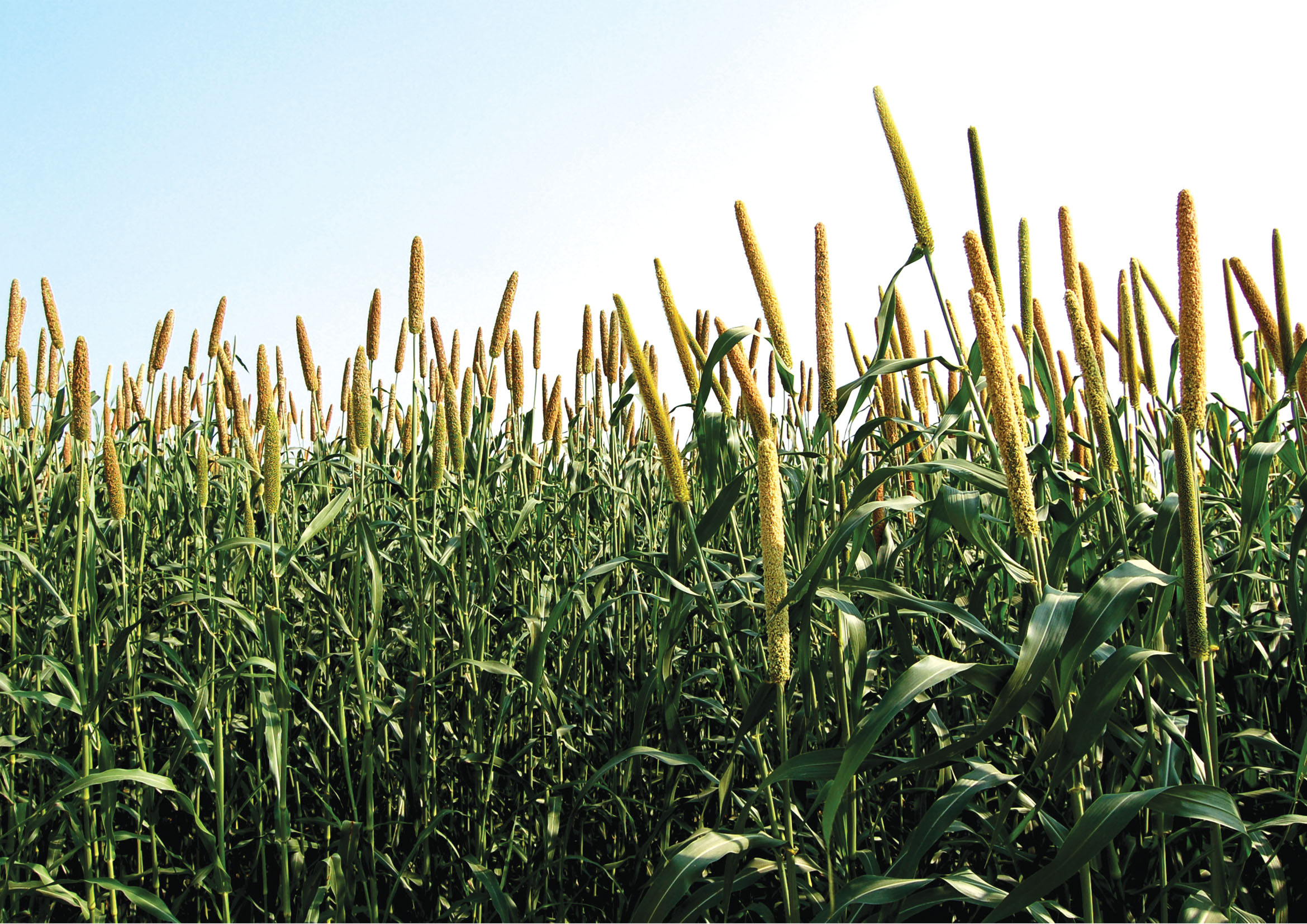
Maize: It is a crop which is used both as food and fodder. It is a kharif crop which requirestemperature between 21°C to 27°C and grows well in old alluvial soil. In some states like Bihar maize is grown in rabi season also. Use of modern inputs such as HYV seeds, fertilisers and irrigation have contributed to the increasing production of maize. Major maize-producing states are Karnataka, Uttar Pradesh, Bihar, Andhra Pradesh and Madhya Pradesh.
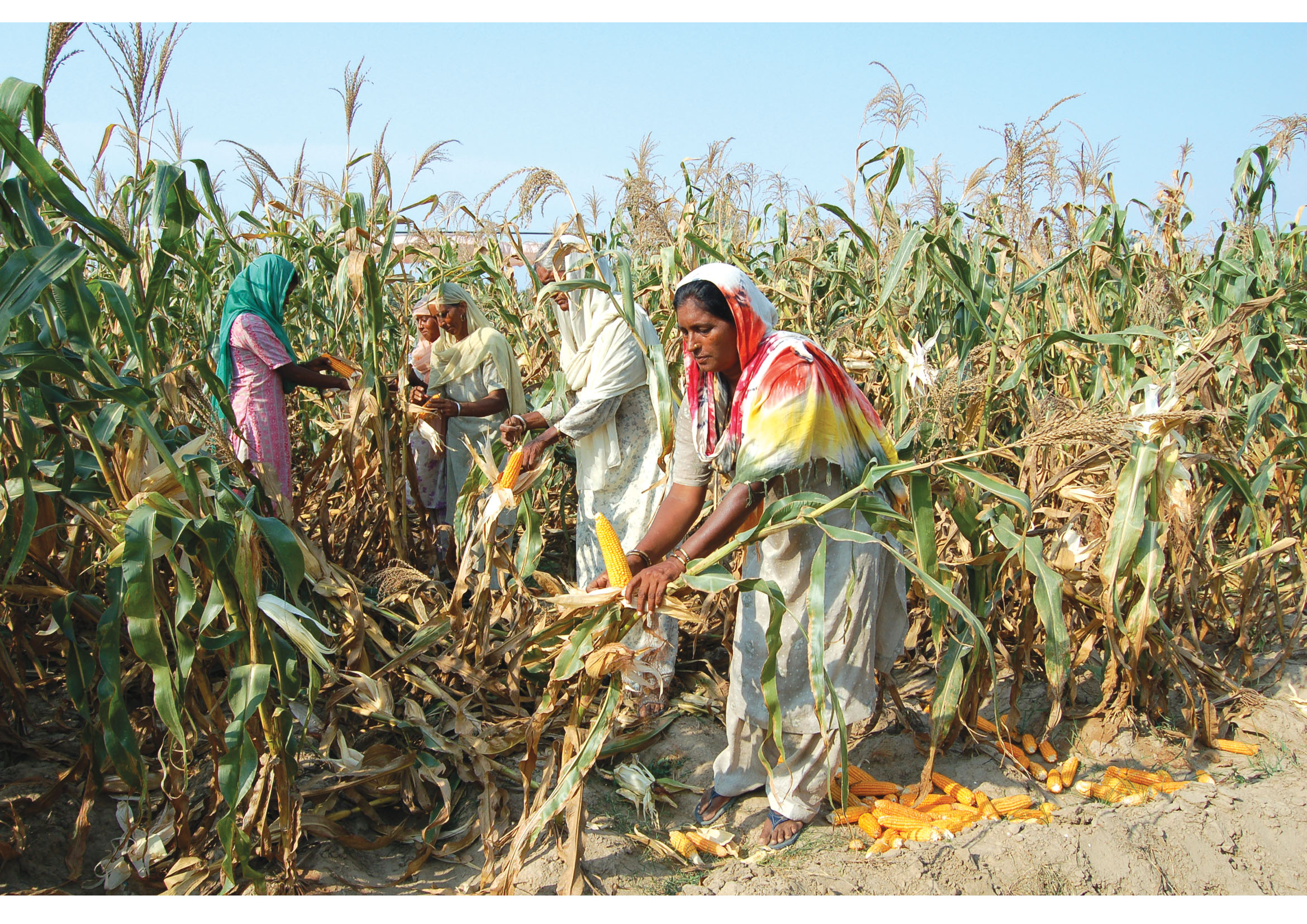
Pulses: India is the largest producer as well as the consumer of pulses in the world. These are the major source of protein in a vegetariandiet. Major pulses that are grown in India are tur (arhar), urad, moong, masur, peas and gram. Can you distinguish which of these pulses are grown in the kharif season and which are grown in the rabi season? Pulses need less moisture and survive even in dry conditions. Being leguminous crops, all these crops except arhar help in restoring soil fertility by fixing nitrogen from the air. Therefore, these are mostly grown in rotation with other crops. Major pulse producing states in India are Madhya Pradesh, Uttar Pradesh, Rajasthan, Maharashtra and Karnataka.
Sugarcane: It is a tropical as well as a subtropical crop. It grows well in hot and humid climate with a temperature of 21°C to 27°C and an annual rainfall between 75cm. and 100cm. Irrigation is required in the regions of low rainfall. It can be grown on a variety of soils and needs manual labour from sowing to harvesting. India is the second largest producer of sugarcane only after Brazil. It is the mainsource of sugar, gur (jaggary), khandsari and molasses. The major sugarcane-producing states are Uttar Pradesh, Maharashtra, Karnataka, Tamil Nadu, Andhra Pradesh, Bihar, Punjab and Haryana.
Oil Seeds:India is the largest producer of oil-seeds in the world. Different oil seeds are grown covering approximately 12 per cent of the total cropped area of the country. Main oil-seeds produced in India are groundnut, mustard, coconut, sesamum (til), soyabean, castor seeds, cotton seeds, linseed and sunflower. Most of these are edible and used as cooking mediums. However, some of these are also used as raw material in the production of soap, cosmetics and ointments.

Groundnut is a kharif crop and accounts for about half of the major oilseeds produced in the country. Andhra Pradesh is the largest producer of groundnut followed by Tamil Nadu, Karnataka, Gujarat and Maharashtra – linseed and mustard are rabi crops. Sesamum is a kharif crop in north and rabi crop in south India. Castor seed is grown both as rabi and kharif crop.
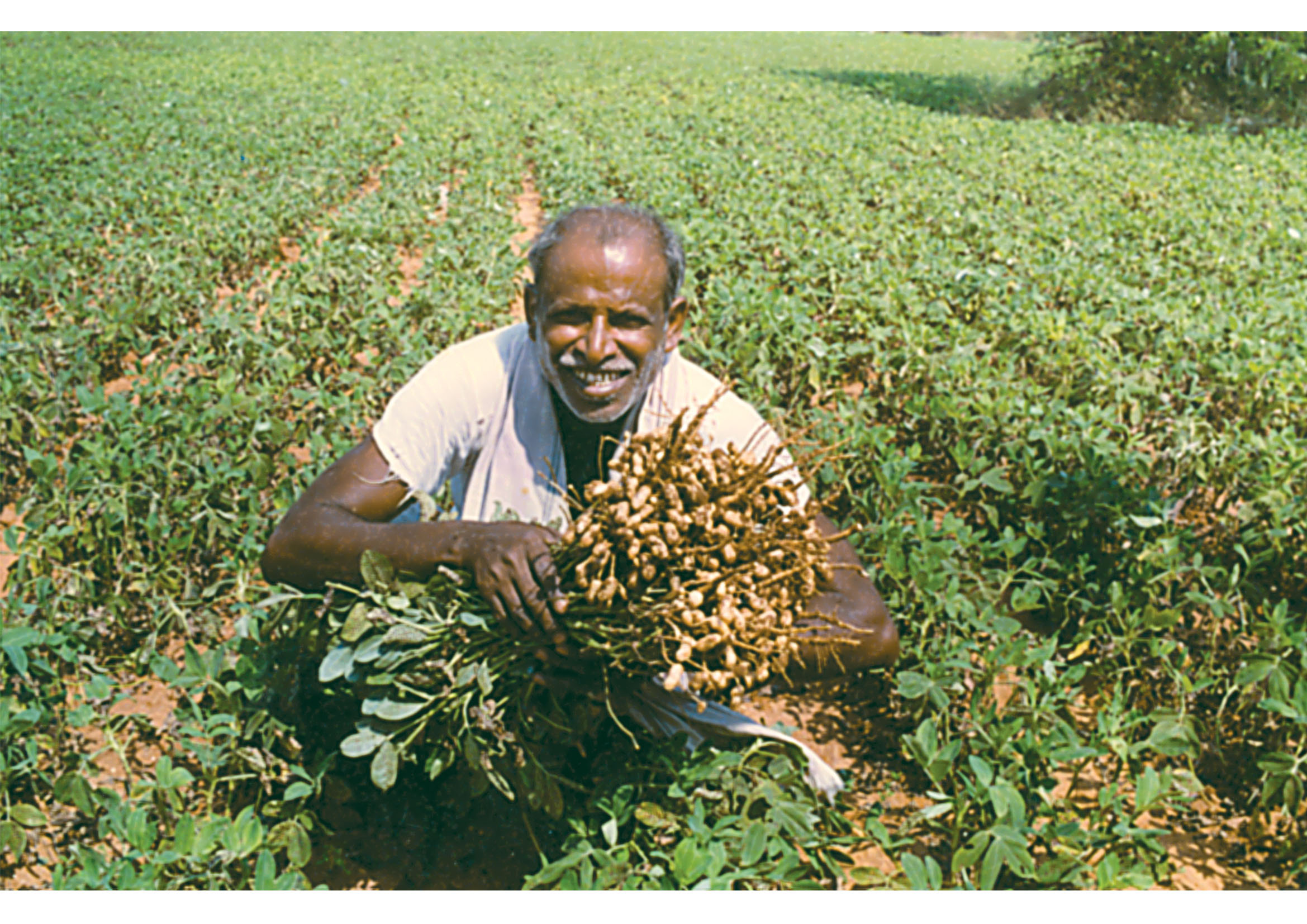
Tea:Tea cultivation is an example of plantation agriculture. It is also an important beverage crop introduced in India initially by the British. Today, most of the tea plantations are owned by Indians. The tea plant grows well in tropical and sub-tropical climates endowed with deep and fertile well-drained soil, rich in humus and organic matter. Tea bushes require warm and moist frost-free climate all through the year. Frequent showers evenly distributed over the year ensure continuous growth of tender leaves. Tea is a labour-intensive industry. It requires abundant, cheap and skilled labour. Tea is processed within the tea garden to restore its freshness. Major tea-producing states are Assam, hills of Darjeeling and Jalpaiguri districts, West Bengal, Tamil Nadu and Kerala. Apart from these, Himachal Pradesh, Uttarakhand, Meghalaya, Andhra Pradesh and Tripura are also tea-producing states in the country. India is the leading producer as well as exporter of tea in the world.

Coffee: India produces about four per cent of the world’s coffee production. Indian coffee is known in the world for its good quality. The Arabica variety initially brought from Yemen is produced in the country. This variety is in great demand all over the world. Intially its cultivation was introduced on the Baba Budan Hills andeven today its cultivation is confined to the Nilgiri in Karnataka, Kerala and Tamil Nadu.
Horticulture Crops: India is the largest producer of fruits and vegetables in the world. India is a producer of tropical as well as temperate fruits. Mangoes of Maharashtra, Andhra Pradesh, Uttar Pradesh and West Bengal, oranges of Nagpur and Cherrapunjee (Meghalaya), bananas of Kerala, Mizoram, Maharashtra and Tamil Nadu, lichi and guava of Uttar Pradesh and Bihar, pineapples of Meghalaya, grapes of Andhra Pradesh and Maharashtra, apples, pears, apricots and walnuts of Jammu and Kashmir and Himachal Pradesh are in great demand the world over
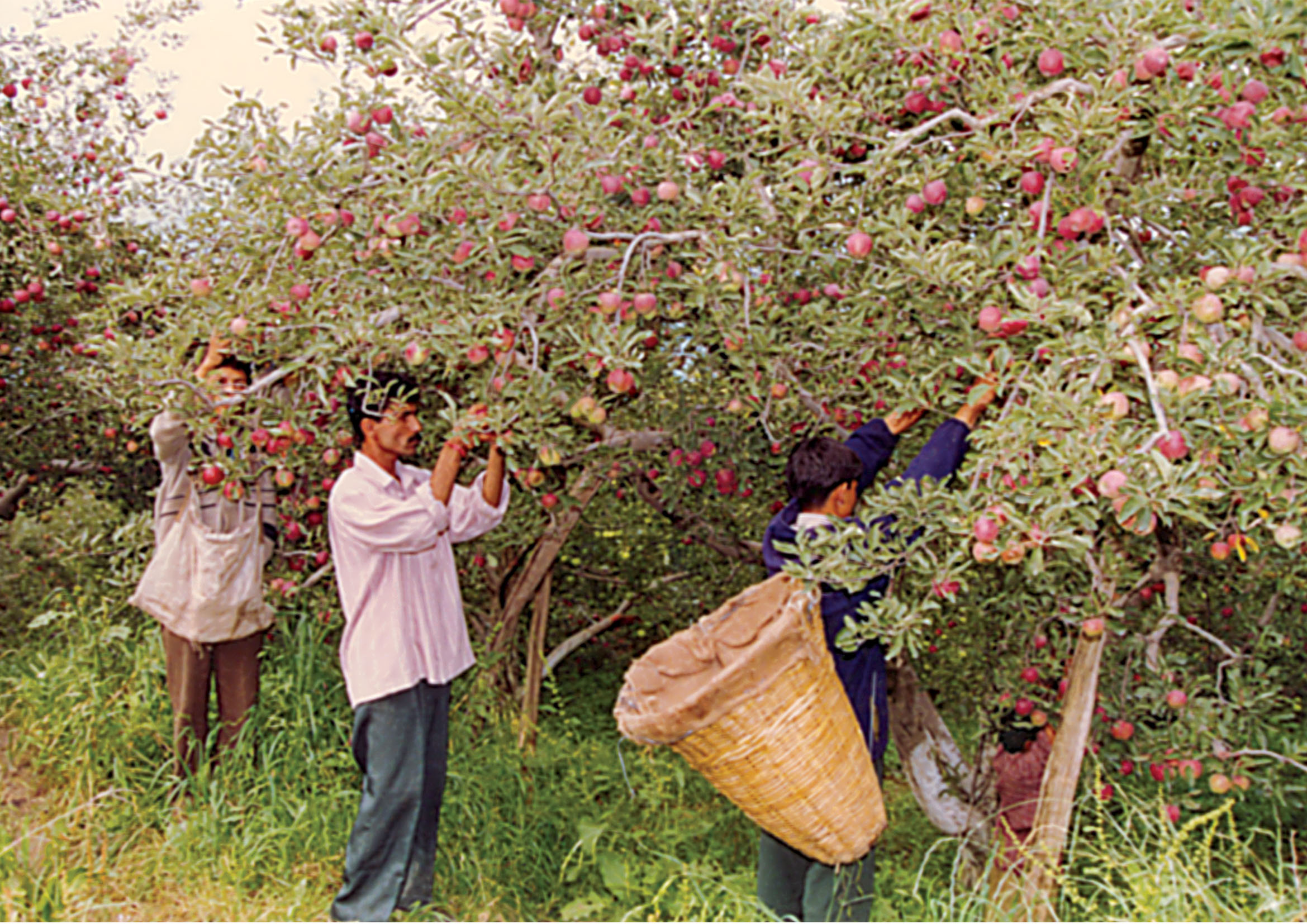
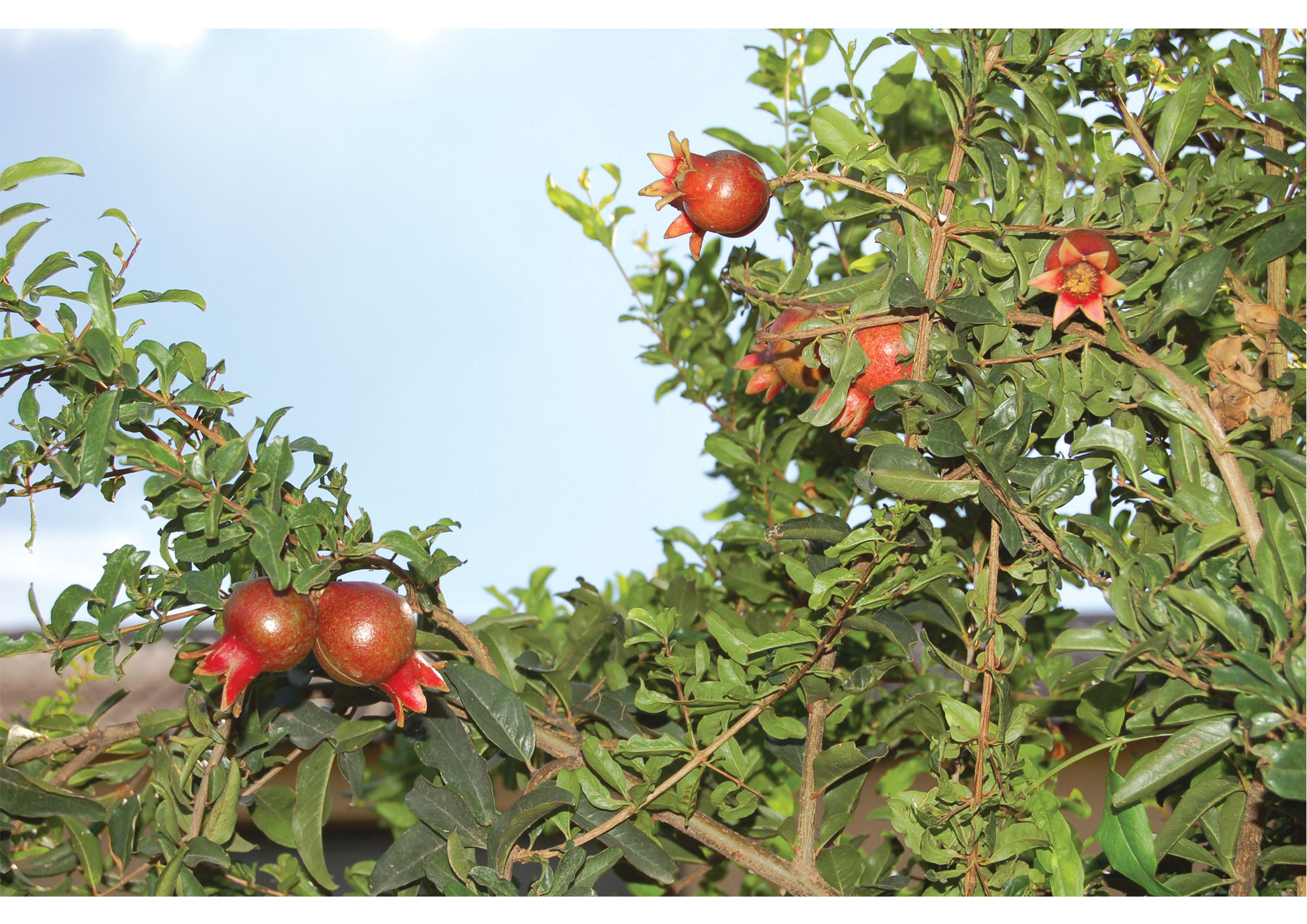
India produces about 13 per cent of the world’s vegetables. It is an important producer of pea, cauliflower, onion, cabbage, tomato, brinjal and potato



Click Here for All Open Educational Resources
To get study material, exam alerts and news, join our Whatsapp Channel.




